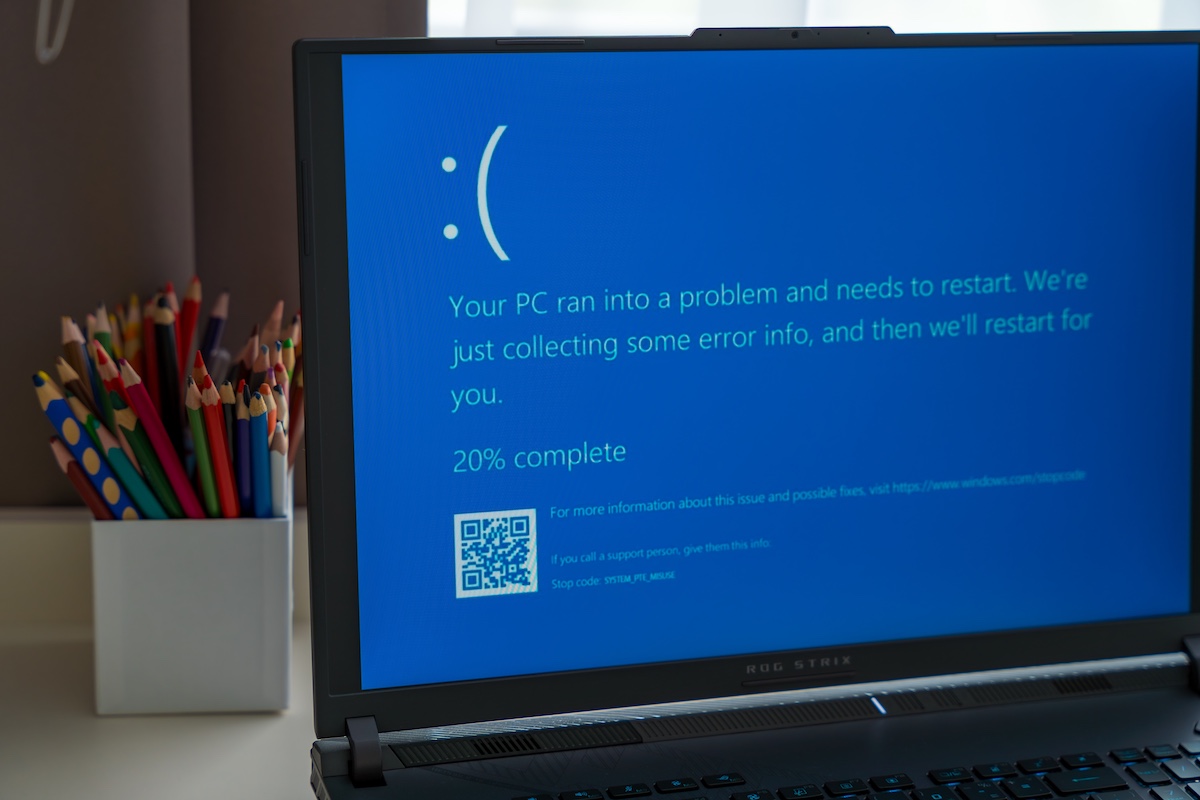No business is entirely immune to disruptions like cyberattacks, hardware failures, power outages, or natural disasters. Unexpected events can strike at any time. What matters most is how quickly you can recover. That’s where disaster recovery comes in.
Your data is one of your most crucial assets. Without it, your business comes to a halt. Having a solid plan in place isn’t optional. It’s the difference between getting back on your feet fast or losing valuable time, money, and customer trust.
What is disaster recovery?
Disaster recovery is a set of processes and tools that help your business restore critical systems and data after an unexpected event. A tech-related disaster can come in many forms. Fire, flood, theft, and storms are just a few of the things that can destroy productivity.
While cybersecurity and backups are part of it, disaster recovery goes further. It’s about ensuring business continuity—keeping your operations running even when the worst happens. You can get back on track, whether human error, a cyberattack, or a natural disaster caused the chaos.
- Remain fully operational after a disaster
- Proactive monitoring to catch issues before they escalate
- Automated backups so your data is always safe
- Recovery testing to ensure your plan works when you need it
- Support to guide you through unexpected events with minimal disruption
It’s not about size.
Small and medium-sized businesses often think disasters won’t affect them. Still, they’re just as much at risk as large corporations. Imagine losing everything your company has ever produced and having to start over. You try to sift through what you have left and piece your entire business back together. Unfortunately, you never truly get back on track.
For SMBs, the impact can be even more devastating since they typically don’t have the resources to absorb extended downtime or significant data loss. A strong disaster recovery plan ensures that no matter your size, you’re protected, prepared, and able to recover quickly.
The Real Risks of Not Being Prepared
Every file, invoice, and project can be lost instantly. Even short periods of network downtime can result in thousands of dollars of lost revenue. Without a disaster recovery plan, businesses face:
- Data loss: Customer information, financial records, and intellectual property could be gone for good.
- Downtime: Even a few hours offline can cost thousands of dollars in lost revenue and productivity.
- Reputation damage: Customers expect reliability. Failure to deliver can erode trust fast.
- Compliance violations: Many industries require secure data handling. Losing data can mean legal trouble.
How Disaster Recovery Protects Your Business
Minimizes Downtime
With a recovery plan, your systems can be restored quickly, reducing the impact of outages and keeping your team productive.
Protects Critical Data
Regular backups, both onsite and in the cloud, ensure your files are never permanently lost, even in a ransomware attack.
Maintains Business Continuity
Disaster recovery isn’t just about restoring files. It’s about ensuring employees can access the tools they need and customers can still rely on your services.
Supports Compliance
Disaster recovery plans protect sensitive data and ensure you meet regulatory requirements for finance, healthcare, and nonprofit industries.
No business can predict when a disaster will strike, but every company can prepare for it. A strong disaster recovery strategy saves time, reduces costs, and keeps your operations moving forward, no matter what comes your way. Being ready isn’t optional for small to mid-sized businesses. It’s essential. With the right strategy in place, you will know your operations are protected against whatever comes your way.
Share



